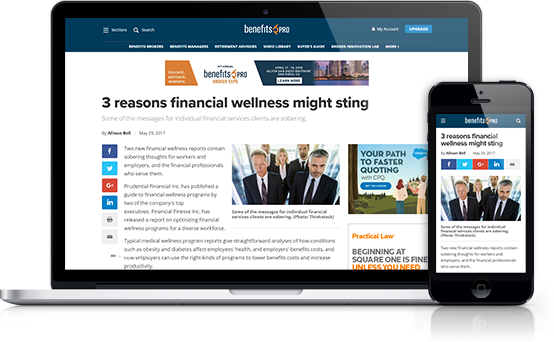 While nearly all employers believe that the mental health of their workers positively impacts their company's bottom line, more than a few still aren't putting their money where their mouth is, according to Transamerica Center for Health Studies' report, "Employer-based Health Coverage Remains Strong but Affordability a Major Concern."
While nearly all employers believe that the mental health of their workers positively impacts their company's bottom line, more than a few still aren't putting their money where their mouth is, according to Transamerica Center for Health Studies' report, "Employer-based Health Coverage Remains Strong but Affordability a Major Concern."
The nonprofit surveyed nearly 1,400 employer decision-makers, and found that only 65 percent of the respondents perceive the mental health resources provided at their company are adequate. Eleven percent say they do not provide adequate resources – and 17 percent do not offer any resources.
Continue Reading for Free
Register and gain access to:
- Breaking benefits news and analysis, on-site and via our newsletters and custom alerts
- Educational webcasts, white papers, and ebooks from industry thought leaders
- Critical converage of the property casualty insurance and financial advisory markets on our other ALM sites, PropertyCasualty360 and ThinkAdvisor
Already have an account? Sign In Now
© 2024 ALM Global, LLC, All Rights Reserved. Request academic re-use from www.copyright.com. All other uses, submit a request to [email protected]. For more information visit Asset & Logo Licensing.








